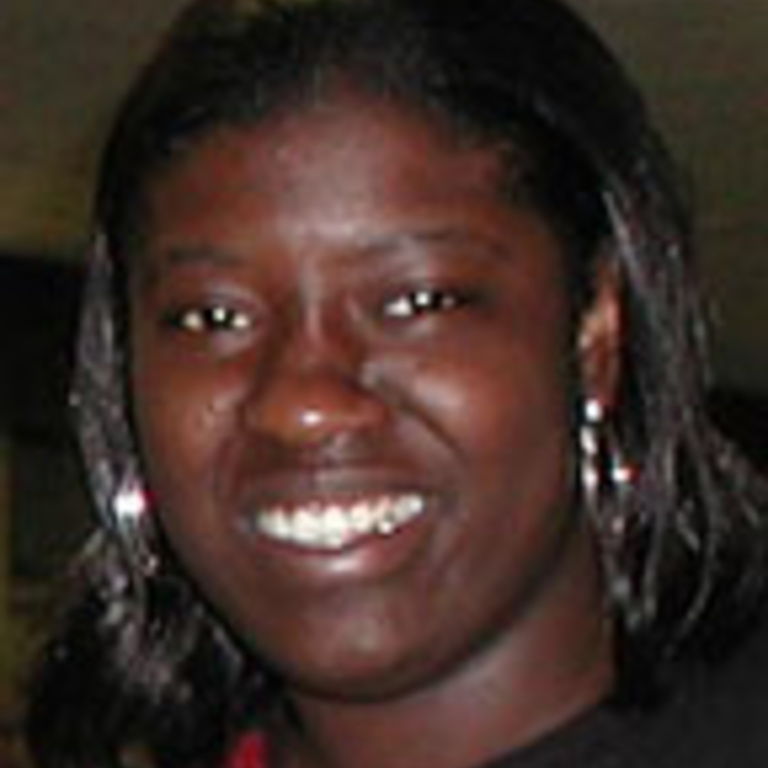Shahara Glass
Investigating the Consequences of Varying Levels of Disadvantages for Homicide Rates in African American and Latino Neighborhoods in Chicago
African American and white neighborhoods were compared and contrasted for years in the race-crime literature. The major finding from this body of work indicated that if white neighborhoods had similar disadvantages as did African American neighborhoods, they too would likely experience higher levels of crime. This is known as the racial invariance thesis. As plausible as this argument appears, it is almost impossible to replicate the conditions found in African American neighborhoods within white neighborhoods. This makes it difficult to obtain appropriate samples of African American and White neighborhoods for comparison. With the rapid and huge increase of the Latino population in the U.S., they had to eventually be recognized in the race-crime literature. I propose that a good test for the racial invariance thesis is to compare African American and Latino neighborhoods because they contain similar structural condition. They both have high levels of poverty and other disadvantages, especially compared to white neighborhoods. Despite these similarities between disadvantaged African American and Latino neighborhoods, Latino neighborhoods are relatively advantaged compared to African American neighborhoods. Thus, the purpose of this paper is to investigate whether there's a difference in neighborhood disadvantages for Latino and African American neighborhoods.
